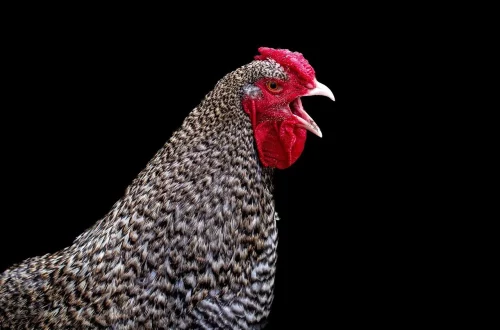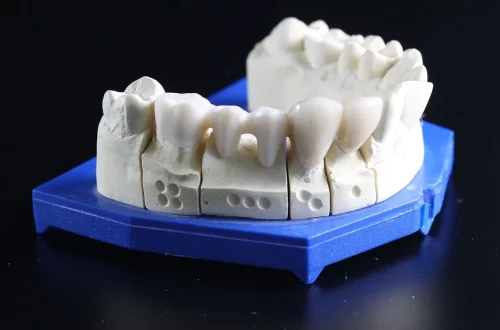
Understanding Clydesdale Weight and Its Importance for Care and Health
Understanding the weight of a Clydesdale horse is more than just a number on a scale; it is a critical aspect of their overall health and care. Clydesdales, known for their impressive stature and gentle temperament, have specific weight ranges that are indicative of their well-being. Owners and caretakers must understand the implications of weight in terms of nutrition, exercise, and overall care. A horse that is underweight may face serious health issues, while one that is overweight is at risk for a host of complications, including metabolic disorders and joint problems.
Weight management in Clydesdales is not merely about aesthetics; it plays a crucial role in their longevity and ability to perform tasks, whether that be pulling heavy loads or participating in equestrian activities. The unique physiology of these draft horses means that their nutritional needs and exercise regimens must be tailored to maintain optimal weight. Furthermore, understanding the factors that influence weight, such as age, activity level, and diet, can help owners make informed decisions that ensure their horses thrive.
In this article, we will delve into the various aspects surrounding Clydesdale weight, its significance in health and care, and strategies to maintain ideal weight for these magnificent animals.
The Ideal Weight Range for Clydesdales
The ideal weight range for a Clydesdale horse typically falls between 1,600 and 2,400 pounds, depending on various factors including age, gender, and build. These majestic creatures are among the largest horse breeds, and their considerable weight is a natural characteristic of their breed. However, determining the correct weight for an individual Clydesdale can be somewhat subjective, as it varies based on personal health, muscle mass, and bone structure.
It is essential to assess a Clydesdale’s weight not just by numbers, but also by evaluating their body condition score (BCS). This scoring system ranges from 1 to 9, with 1 being extremely thin and 9 being extremely obese. A score of 5 is considered ideal, indicating a well-proportioned horse with visible ribs but with a slight layer of fat covering them. Regularly monitoring the BCS alongside weight can provide a more comprehensive understanding of the horse’s health.
The weight of a Clydesdale can fluctuate due to seasonal changes, exercise routines, and dietary adjustments. For instance, during colder months, horses may gain weight as they conserve energy. Conversely, during the warmer seasons, increased activity levels might lead to weight loss. Therefore, it is crucial to adjust feeding and exercise routines accordingly to maintain their ideal weight.
Additionally, factors such as genetics play a role in determining the weight of an individual horse. Some Clydesdales may naturally be heavier or lighter than others, even when following similar diets and exercise regimens. Understanding these nuances can help owners provide tailored care for their horses, ensuring they remain healthy and within their ideal weight range.
Dietary Considerations for Maintaining Healthy Weight
Nutrition is a cornerstone of maintaining a Clydesdale’s health and weight. Given their size, these horses have specific dietary requirements to support their energy levels, muscle development, and overall well-being. A balanced diet for a Clydesdale typically includes hay, grains, and supplements that are rich in vitamins and minerals.
For many Clydesdales, high-quality hay should form the cornerstone of their diet. Grass hay is generally suitable, but alfalfa hay can be beneficial for those needing to gain weight due to its higher protein and calorie content. However, overfeeding can lead to obesity, so portion control is essential.
Grains, such as oats or commercial grain mixtures specifically designed for draft horses, can be introduced to provide extra energy, especially for active horses or those in training. However, it’s crucial to introduce grains gradually to avoid digestive upset. Consulting with an equine nutritionist can help develop a diet plan that meets the horse’s individual needs and activity levels.
In addition to hay and grains, supplements may be necessary to ensure that Clydesdales receive adequate vitamins and minerals. For example, adding a vitamin E and selenium supplement can be beneficial, particularly in regions where soil deficiencies exist.
Hydration is another key aspect of a Clydesdale’s dietary needs. Access to fresh, clean water is vital for digestion and overall health. Dehydration can lead to serious health concerns, so ensuring that horses have constant access to water is essential, particularly after strenuous activities or during hot weather.
Overall, a well-rounded diet, carefully monitored and adjusted as needed, is critical in maintaining a Clydesdale’s healthy weight and ensuring their long-term health.
Exercise and Its Impact on Weight Management
Regular exercise is vital for Clydesdales, not only to maintain their weight but also to support their physical and mental health. These horses are naturally strong and built for hard work, so providing them with a consistent exercise routine is essential.
Exercise helps to regulate weight by burning calories and building muscle. For Clydesdales, a combination of cardio and strength training activities can be highly beneficial. Activities such as walking, trotting, and cantering can improve cardiovascular health, while pulling weights or engaging in ground work can enhance muscle strength and endurance.
The frequency and intensity of exercise should be tailored to the individual horse’s needs and fitness level. A well-structured exercise program should consider the horse’s age, health status, and any specific goals the owner may have. For example, younger horses may require more vigorous exercise to build muscle, while older horses may benefit from gentler, low-impact activities.
In addition to structured workouts, providing opportunities for natural movement is essential. Clydesdales thrive in environments where they can roam freely, graze, and interact with other horses. Pasture turnout not only encourages physical activity but also promotes mental well-being, reducing stress and anxiety.
Monitoring a Clydesdale’s weight in conjunction with their exercise routine is crucial. Keeping track of their progress can help ensure that they are maintaining an ideal weight and can guide adjustments in diet or activity levels as needed.
Moreover, understanding the signs of overexertion or fatigue is essential for preventing injuries. Owners should always be attentive to their horse’s behavior during exercise and adjust the routine accordingly.
In summary, a thoughtful approach to exercise, coupled with a well-balanced diet, is vital for maintaining a healthy weight in Clydesdales.
Health Risks Associated with Weight Issues
Weight issues in Clydesdales can lead to a range of serious health risks. Both underweight and overweight conditions can significantly impact a horse’s quality of life and longevity.
An underweight Clydesdale may suffer from various health problems, including weakened immune function, muscle loss, and increased susceptibility to illness. Chronic weight loss can indicate underlying health issues such as dental problems, gastrointestinal disorders, or metabolic conditions. It is essential for owners to address any signs of weight loss promptly by consulting a veterinarian to identify and treat the underlying cause.
On the other hand, overweight Clydesdales are at risk for numerous health complications, such as laminitis, metabolic syndrome, and joint problems. Laminitis, an inflammation of the hoof’s sensitive lamina, can be particularly debilitating and may lead to permanent damage if not addressed. Overweight horses may also experience difficulty with mobility and exercise, which can create a vicious cycle of inactivity and further weight gain.
Equally concerning is the risk of developing insulin resistance, a condition often seen in overweight horses. This can lead to a host of metabolic issues that affect overall well-being and can complicate management strategies.
Regular veterinary check-ups and weight monitoring can help mitigate these risks. A proactive approach to health care, including vaccinations, dental care, and parasite management, is essential for maintaining the overall health of Clydesdales.
In conclusion, understanding the weight of a Clydesdale horse is crucial for their health and care. By paying attention to their weight, diet, exercise, and potential health risks, owners can ensure their horses live healthy, happy lives.
**Disclaimer**: This article is for informational purposes only and does not constitute medical advice. Always consult a veterinarian regarding health issues or concerns related to your horse.




